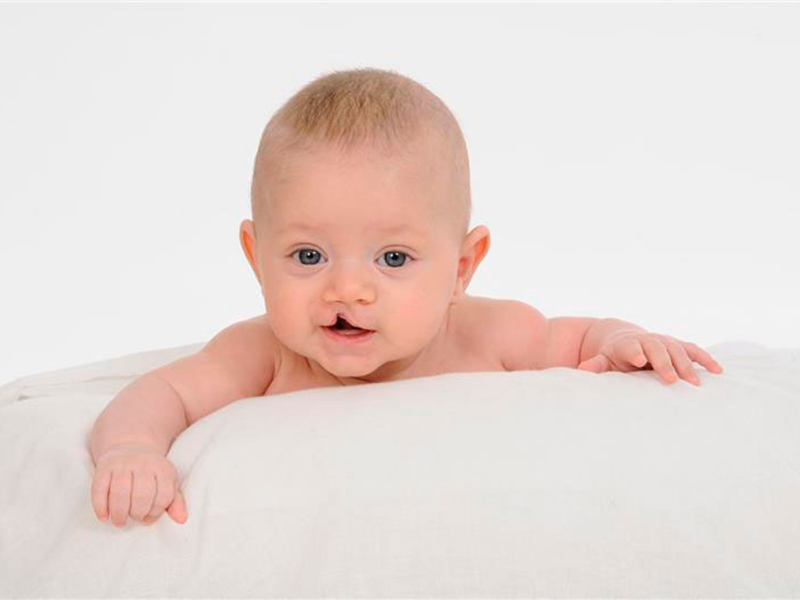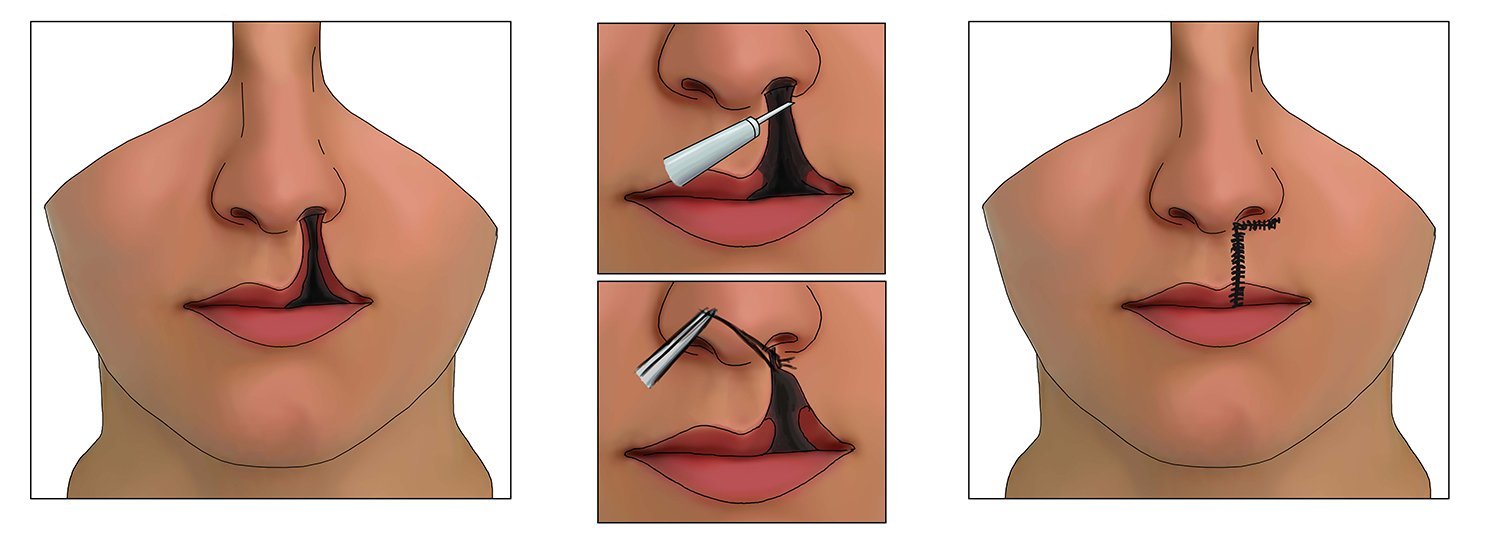
Cleft Lip and Palate
Cleft lip and palate (CLP) are closure defects that occur during embryological development in the structures that form the face. Commonly referred to as "harelip" in colloquial language, it is seen in approximately 1 in 1000 births. CLP is treatable, and families need not be overly worried. Babies born with CLP require special feeding arrangements in the early days. These infants cannot suckle effectively from their mothers or regular bottles. They must be fed with a spoon or special bottles. Within 1-2 days of birth, families should consult a plastic surgeon to establish a treatment roadmap. Orthodontists play a critical role during the first six weeks of life. Through specialized plates, they help facilitate the baby's feeding and prepare them for surgical intervention. The cleft lip is typically closed by the third month, while the cleft palate is repaired between 12 and 18 months of age. Closing the palate before the child begins speaking is essential.

Since the deformity often includes a cleft in the soft palate, the baby's speech may not develop correctly. Speech therapists usually intervene around the age of 4. Families with CLP children can seek support from the Cleft Lip and Palate Association (https://tod.org.tr) and CLP Facebook groups. As the child grows, additional surgeries may be needed to correct the nose and upper jaw. CLP patients generally require various treatments until they reach 18 years of age.